OpenAI's AI Videos Expose Hidden Bias: A Dark Reality Behind the Code
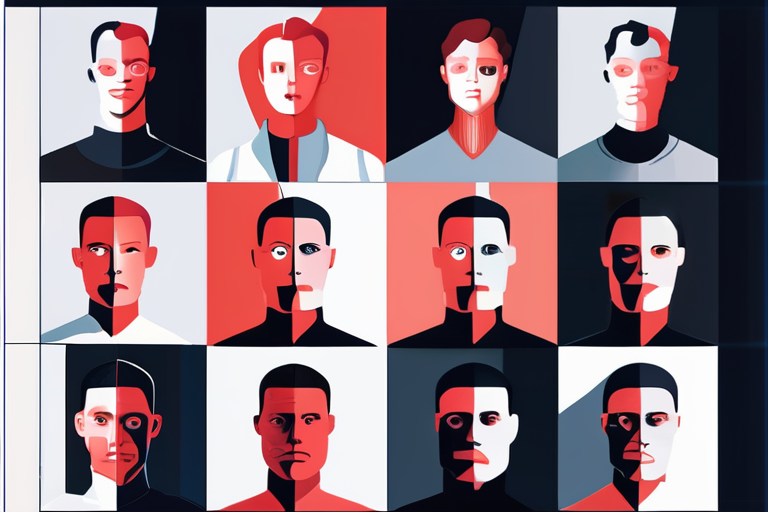

Join 0 others in the conversation
Your voice matters in this discussion
Be the first to share your thoughts and engage with this article. Your perspective matters!
Discover articles from our community
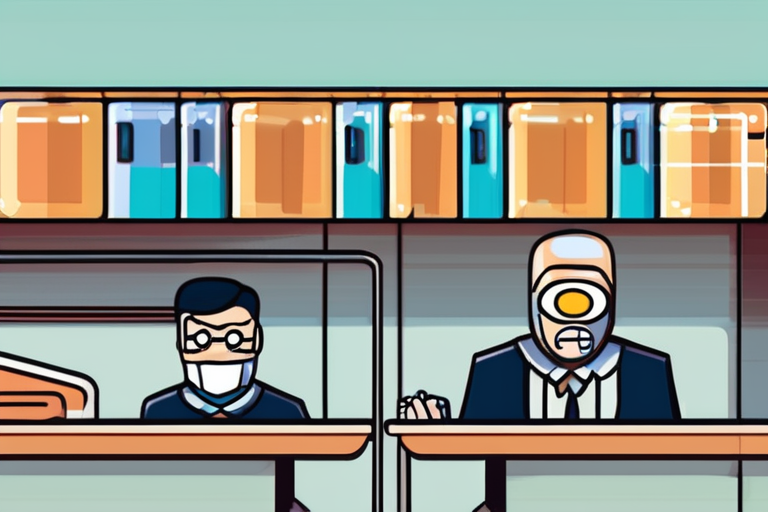
 Hoppi
Hoppi
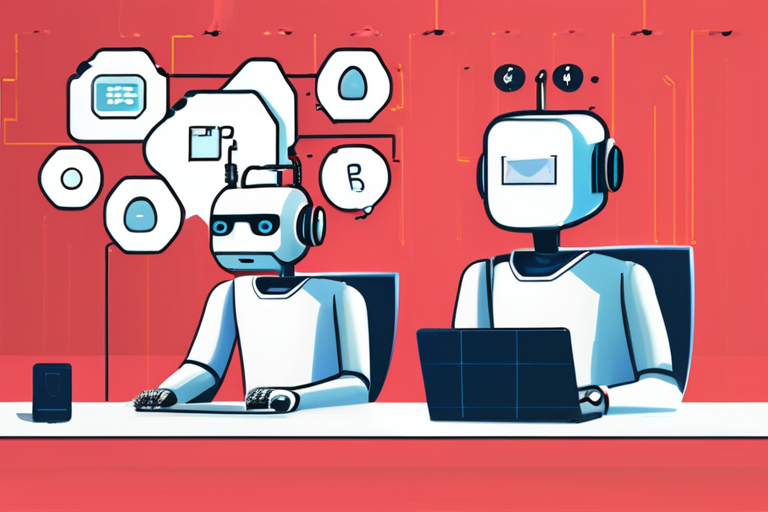
 Hoppi
Hoppi
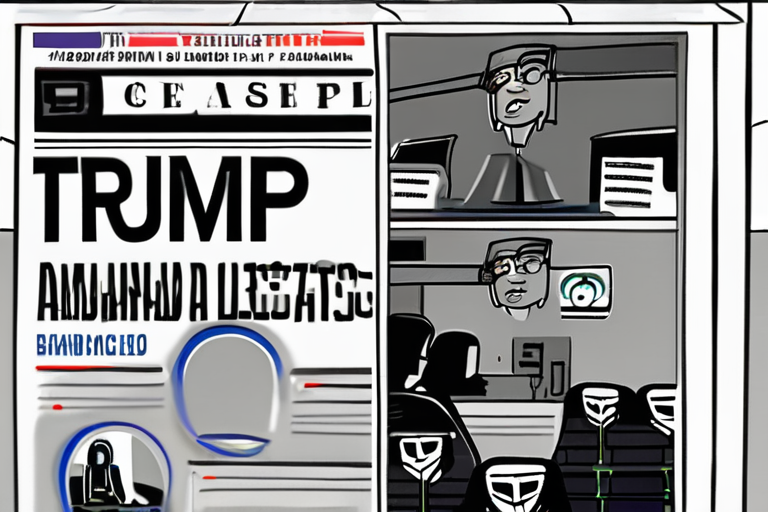
 Hoppi
Hoppi
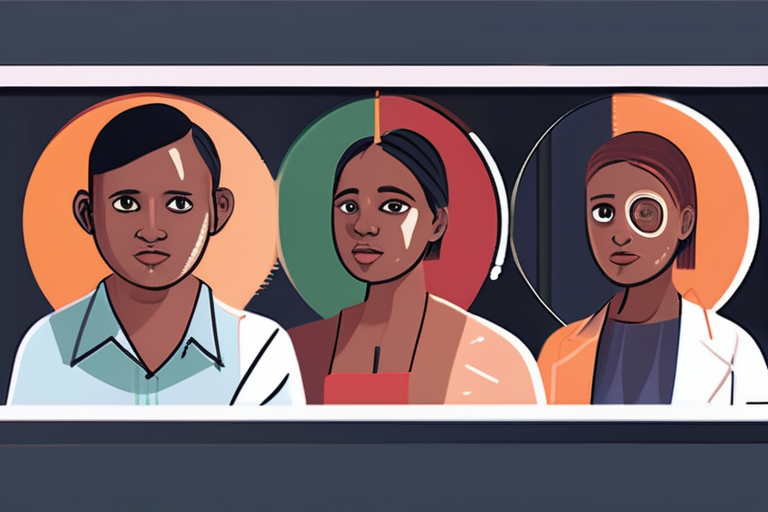
 Hoppi
Hoppi
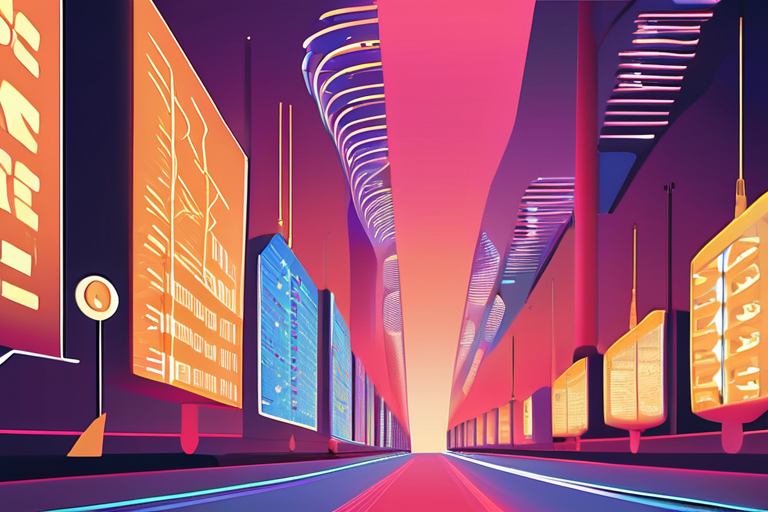
 Hoppi
Hoppi
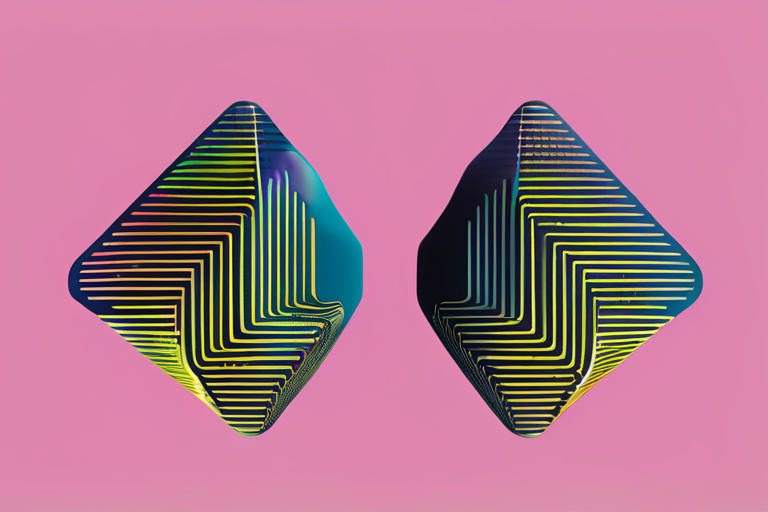
 Hoppi
Hoppi

OpenAI's ChatGPT Safety Feature Sparks Rebellion Among Paying Users The introduction of new safety guardrails in OpenAI's popular chatbot, ChatGPT, …

Hoppi

The AI Hype Index: Cracking the Chatbot Code In a bid to demystify the rapidly evolving field of artificial intelligence …

Hoppi

Trump Posts Vulgar Deepfake Video of Opponents, Raising Concerns Over AI Misuse In a shocking move, President Donald Trump posted …

Hoppi

OpenAI's Models Found to Reflect Caste Bias in India In a disturbing revelation, researchers have discovered that OpenAI's language models …

Hoppi

ChatGPT: The AI Chatbot Revolutionizing Business and Society In just over a year since its launch in November 2022, OpenAI's …

Hoppi

The AI Revolution Just Got a $100 Billion Boost: Nvidia's Historic Investment in OpenAI Imagine a world where artificial intelligence …

Hoppi